Queerphobia in the Fashion Industry
Written by Mollie Knight
Today is the International Day Against Homophobia, Transphobia and Biphobia so what a better time to talk about queerphobia and fashion! Though the fashion industry has become more accepting and celebratory of queerness, there is still a long way to go in many respects.

Source: Felix Masi
Clothes as a means of expression and queerness have gone hand in hand for centuries. Clothing is a way to signal to others who you are – a kind of secret, unspoken language. So, naturally, this was, and still is, used by some queer people to signal their sexual preference. Styles of dressing used by queer people or wearing specific items even came to influence mainstream fashion trends (read more about this on our other blog post here).
During the 60’s, or what is sometimes termed the “menswear revolution”, styles of dressing that were popular among gay men began to disseminate amongst the masses, with fitted suits that were previously worn by gay men starting to be sold in boutiques across metropolitan cities. For lesbians, the 80s and 90s marked a shift from needing to fit into either ‘butch’ or ‘femme’ categories, and a move toward accepting more androgynous styles. This lead to the creation of what is termed the ‘lipstick lesbian’, where lesbian women could experiment with their style more freely and cherry-pick masculine, feminine, lesbian and trendy fashion elements.

Source: Annika
Queerness became more and more present in fashion throughout the 20th Century as many of the top designer brands were founded by gay or bisexual designers, such as Christian Dior, Cristobal Balenciaga, Gianni Versace, Clavin Klein and Yves Saint Laurent. This is without even getting on to the photographers, stylists, make-up artists, editors and all the other people in behind-the-scenes roles!
Now LGBTQIA+ people are more and more integrated into the industry, extending beyond celebrating cis white gay men. Trans, lesbian and non-binary models, designers and icons are becoming more well-known and mainstream (check out our fave trans icons here).

Source: Prachatai
Though it is easy to think that we have ‘achieved’ equality, or that “gay people don’t get killed anymore” (as some commentors wrote under Hypebeast’s Instagram post of Daniel Quasar’s pride flag design the week of the Orlando massacre’s two year anniversary), the statistics paint a different picture. Homophobic hate crimes have risen by 55% since 2015 (London.gov., 2020), and there is still a big disparity in the quality of life of gay people compared to straight people (Government Equalities Office, 2018).
There are also attitudes that being too ‘woke’ might deter customers (The Business of Fashion, 2019). This is especially the case in hypermasculine areas of fashion, like streetwear. Transphobia is also still rampant in the fashion industry, for example, Victoria’s Secret marketing director leaving his job after the hiring of their first trans model in 2019. Tokenism is also still a hug issue for trans models, as discussed more by Talulah-Eve in her open letter in Teen Vogue.
It's not all negative though, as a result of the industries long history with queerness it stands in good stead to lead the charge in fighting queerphobia. This form of resistance has been exhibited through catwalk shows such as Burberry’s 2018 show with models wearing Pride colours. This could also involve hiring more queer models, designers and stylists but in a way that doesn’t tokenise or fetishise them. Moreover, queer-inclusive policies could extend across the company, even to the retail workers running the shop floor. This wouldn’t just have impacts socially, but also has economic benefits for the companies making these changes. The collective buying power of the LGBTQ+ customer base, or the “pinkpound”, is seen as a powerful ‘untapped’ force. It is estimated to be £6 billion per year. Of course, that shouldn’t be the reason for companies to adopt an anti-queerphobia stance, but we have to find ways to manipulate the capitalist system that is already in place.
You can advocate for this too - calling out fashion brands when they are queerphobic, following your fave queer models so they build a following and buying from queer-owned brands! These issues obviously aren’t specific to the fashion industry, just today the news broke that a PSG player refused to play in an anti-homophobia game as the jersey had a pride flag on it. There’s a long way to go in many industries but putting pressure on these big companies to make the change you want to see is how we make it a more equal planet for us all. Let us know what industries you’d like to see a change in and any tips on how to be a better ally in the comments below or over on our instagram!
